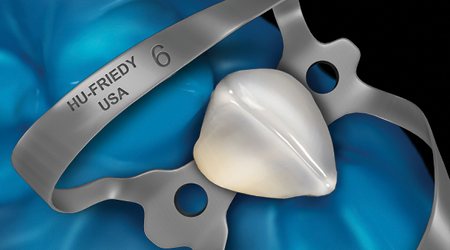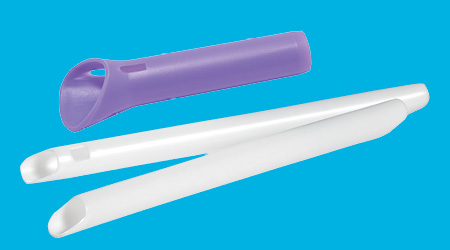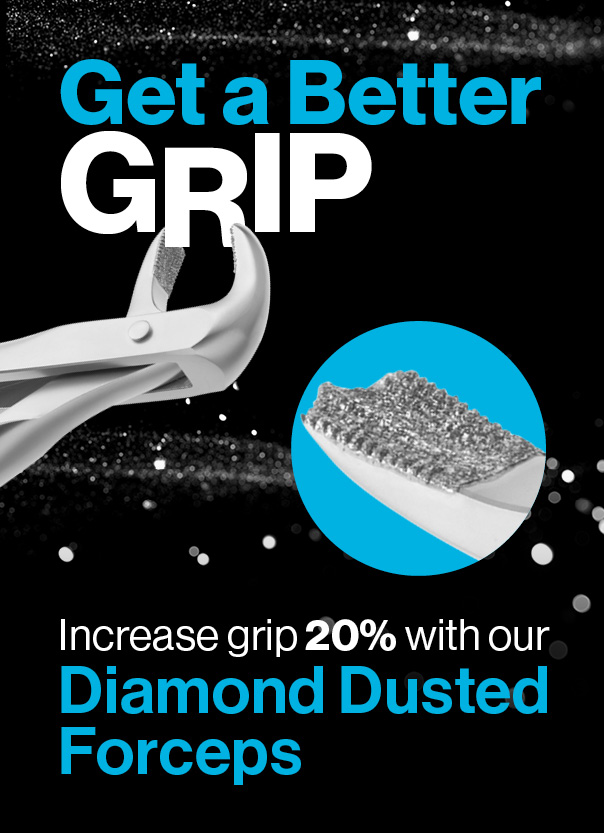High-Volume Evacuation
The use of a high-volume evacuation (HVE) is recommended during procedures to reduce aerosols.2,3,4,5,6 HVE has been shown to reduce the contamination arising from the operative site by more than 90 %.7 The ADHA recommends that a HVE be available in each dental hygiene room.4 Palmero HVEsolo™ is uniquely designed for clinicians performing procedures without an assistant. Single-handedly evacuate fluids, debris, and contaminated aerosols from the treatment site. The short (2.5” length), three-vent design and lightweight shaft allows for solo practitioner use of HVE in the non-dominant hand. Max Vac Plus with Color™ Combo-Tip™ Evacuators and HVE Combo-Tip™ Evacuators offer two tips in one—vented on one end and non-vented on the other for added convenience. The unique "S" tip design eliminates sharp edges, enhancing patient safety and comfort, while the stiff, firm construction allows for cheek retraction.
Learn More




